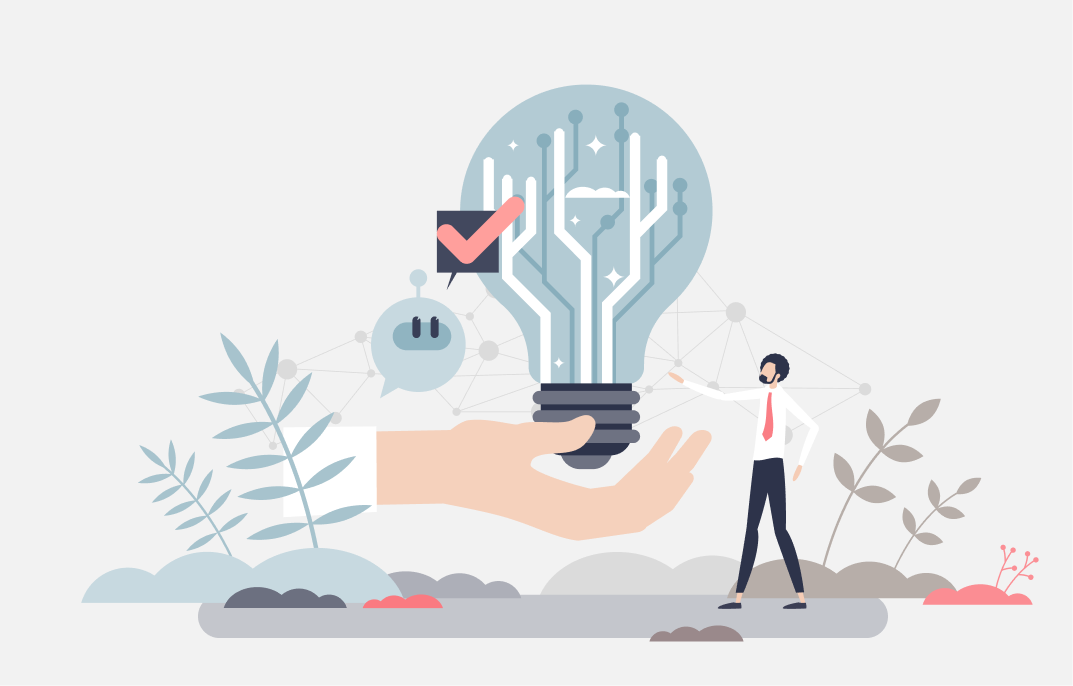In today’s digital landscape, user experience (UX) and user interface (UI) design play a pivotal role in the success of any digital product. Whether it's a website, mobile app, or software application, effective UI/UX design ensures that users can easily navigate and interact with the product, leading to higher satisfaction and better business outcomes. This article provides a comprehensive, step-by-step guide on how to take a UI/UX design project from the initial concept stage to a fully developed prototype.

Understanding the Basics: What is UI/UX Design?
Before diving into the step-by-step process, it’s essential to understand what UI and UX design entail.
- User Interface (UI) Design: Focuses on the visual aspects of a product. It involves designing the layout, colors, fonts, buttons, icons, and other visual elements that users interact with. UI design ensures that the product is aesthetically pleasing and aligns with the brand's identity.
- User Experience (UX) Design: Focuses on the overall experience of the user while interacting with the product. It involves understanding user needs, behavior, and motivations to create a product that is intuitive, efficient, and satisfying to use.
Both UI and UX design are interconnected, with UX focusing on the overall journey and UI focusing on the specific touchpoints within that journey.
Great design is not just about aesthetics — it's about crafting an intuitive, seamless experience that meets the user's needs and enhances their journey from the first click to the last.
Step 1: Research and Discovery
The first step in the UI/UX design process is research and discovery. This stage is crucial for understanding the problem you’re trying to solve, your target audience, and the competitive landscape.
- Identify the Problem: Clearly define the problem that your product aims to solve. Understanding the problem from the user’s perspective is key to creating a solution that meets their needs.
- Understand Your Audience: Conduct user research to gain insights into your target audience. This can include interviews, surveys, and observations to understand their needs, pain points, and behaviors. Create user personas to represent different segments of your audience.
- Analyze Competitors: Research competitors to understand what they’re doing well and where they fall short. This analysis will help you identify opportunities to differentiate your product and provide a better user experience.
- Define Goals and Success Metrics: Establish clear goals for your product and define how you will measure success. This could include metrics like user engagement, conversion rates, or user satisfaction.
Step 2: Conceptualization and Ideation
With a solid understanding of the problem, audience, and goals, the next step is to generate ideas and start conceptualizing the design.
- Brainstorming: Gather your team for brainstorming sessions to generate a wide range of ideas. Encourage creative thinking and explore different ways to solve the problem.
- User Journey Mapping: Create user journey maps to visualize the steps a user takes to achieve a specific goal. This helps in identifying key touchpoints and potential pain points in the user’s journey.
- Information Architecture: Organize the information within your product in a way that makes it easy for users to find what they need. This involves creating sitemaps and defining the structure of content.
- Wireframing: Develop low-fidelity wireframes to outline the basic layout and structure of the product. Wireframes are simple, grayscale sketches that focus on the placement of elements rather than design details. They help in visualizing the flow and functionality of the product without getting bogged down by aesthetics.

Step 3: Design and Prototyping
Once you have a clear concept and wireframes, it’s time to move on to the design phase, where you’ll create high-fidelity designs and interactive prototypes.
- Visual Design: Transform your wireframes into high-fidelity designs by adding color, typography, images, and other visual elements. Ensure that the design aligns with your brand’s identity and is visually appealing.
- Design Systems and Style Guides: Create a design system or style guide to maintain consistency across the product. This includes guidelines for typography, colors, buttons, icons, and other UI elements. A design system ensures that all designers and developers work from the same set of rules, leading to a cohesive user experience.
- Interactive Prototyping: Use tools like Figma, Adobe XD, or Sketch to create interactive prototypes. Prototypes allow you to simulate the user experience by adding clickable elements, animations, and transitions. This helps in testing the design and gathering feedback before moving to development.
Step 4: Usability Testing and Iteration
With a prototype in hand, the next step is to test it with real users and iterate based on feedback.
- Conduct Usability Testing: Organize usability testing sessions where real users interact with your prototype. Observe how they navigate the product, note any difficulties they encounter, and gather their feedback on the overall experience. This testing can be done in person or remotely using tools like UserTesting or Lookback.
- Analyze Feedback: Review the feedback from usability testing to identify common issues and areas for improvement. Prioritize the changes that will have the most significant impact on the user experience.
- Iterate and Refine: Make the necessary changes to your design based on the feedback received. This may involve tweaking the layout, adjusting the navigation, or improving the visual design. Repeat the testing and iteration process until the product meets user needs and achieves the desired level of usability.

Step 5: Handoff to Development
Once the design is finalized, it’s time to hand it off to the development team. This step is crucial for ensuring that the design is implemented correctly and that the final product matches the original vision.
- Prepare Design Assets: Export all the necessary design assets, such as icons, images, and style guides, and organize them in a way that’s easy for developers to access. Tools like Zeplin or InVision can be used to streamline this process.
- Collaborate with Developers: Maintain open communication with the development team throughout the handoff process. This ensures that any questions or issues can be addressed promptly, and that the final product aligns with the design.
- Provide Documentation: Include detailed documentation that explains the design rationale, interaction patterns, and any specific requirements. This helps developers understand the context behind the design decisions and ensures that the final product delivers the intended user experience.
Step 6: Launch and Post-Launch Activities
With the design handed off to development and the product built, it’s time to launch. However, the UI/UX design process doesn’t end with the launch.
- Monitor User Feedback: After launch, closely monitor user feedback and analytics to understand how users are interacting with the product. This feedback can provide valuable insights into what’s working well and what needs improvement.
- Continuous Improvement: Use the feedback and data to make continuous improvements to the product. The best products evolve over time, incorporating user feedback and adapting to changing needs.
- Post-Launch Testing: Conduct post-launch usability testing to ensure that the final product meets user expectations. This testing can help identify any issues that may have been missed during the initial design and development stages.

Tools and Resources for UI/UX Design
To effectively carry out the UI/UX design process, you’ll need the right tools and resources. Here are some popular tools used by designers:
- Research and Discovery: Google Analytics, Hotjar, SurveyMonkey
- Wireframing and Prototyping: Figma, Sketch
- Visual Design: Adobe Illustrator, Photoshop, Affinity Designer
- Usability Testing: UserTesting, Lookback, Maze
- Collaboration and Handoff: Zeplin, Abstract

Conclusion
The journey from concept to prototype in UI/UX design is a complex but rewarding process. By following a structured approach that includes research, conceptualization, design, testing, and iteration, you can create a product that not only looks good but also delivers a seamless and intuitive user experience.
Effective UI/UX design is crucial for the success of any digital product, and by investing in this process, you can ensure that your product stands out in the market and meets the needs of your users. Remember, the key to great design lies in understanding your users, iterating based on feedback, and maintaining a commitment to continuous improvement.
Heading 1
Heading 2
Heading 3
Heading 4
Heading 5
Heading 6
Lorem ipsum dolor sit amet, consectetur adipiscing elit, sed do eiusmod tempor incididunt ut labore et dolore magna aliqua. Ut enim ad minim veniam, quis nostrud exercitation ullamco laboris nisi ut aliquip ex ea commodo consequat. Duis aute irure dolor in reprehenderit in voluptate velit esse cillum dolore eu fugiat nulla pariatur.
Block quote
Ordered list
- Item 1
- Item 2
- Item 3
Unordered list
- Item A
- Item B
- Item C
Bold text
Emphasis
Superscript
Subscript







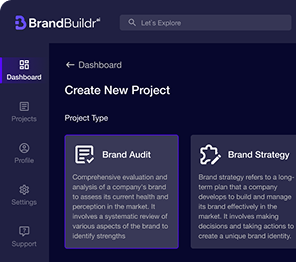
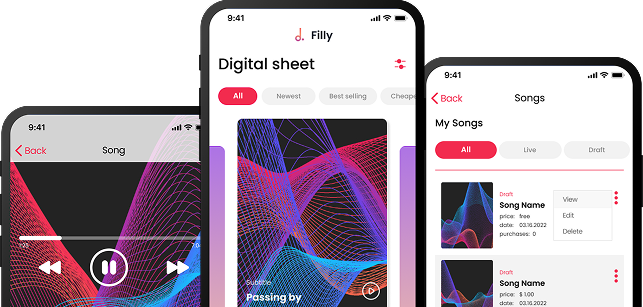










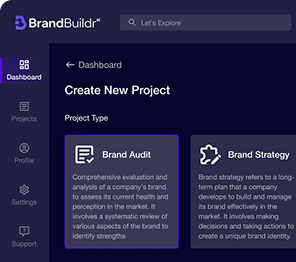
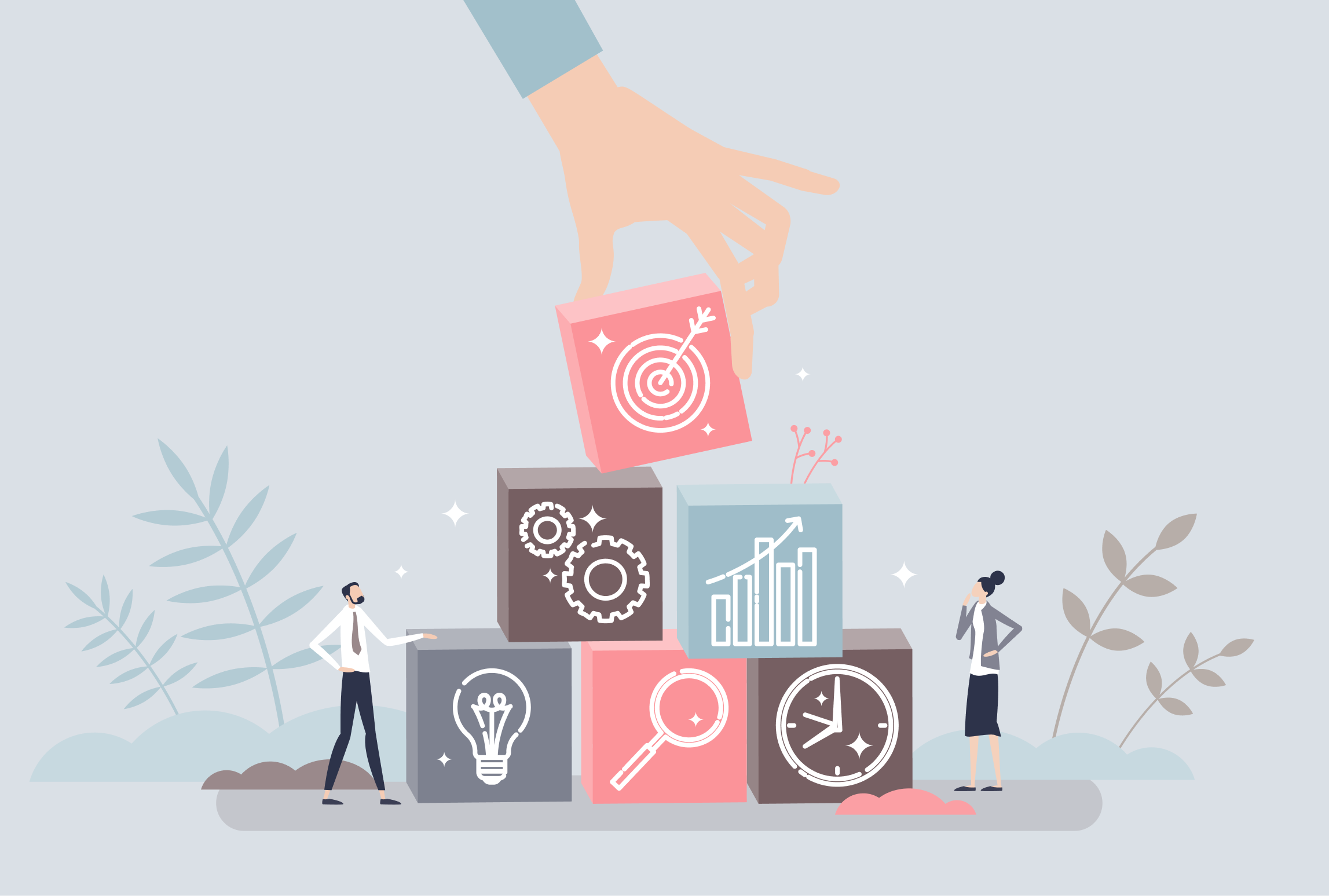
.avif)



.avif)

.avif)
